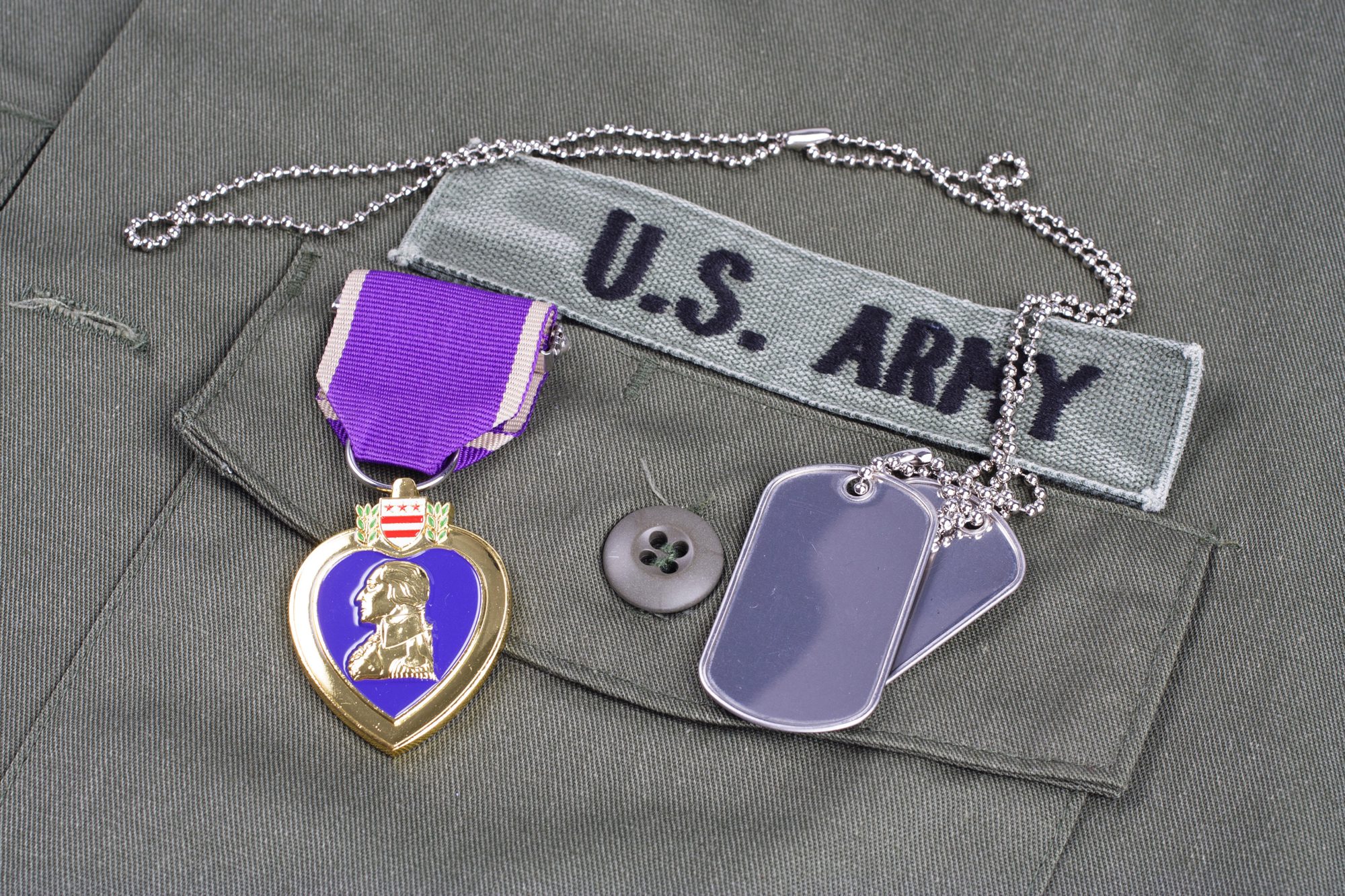Post-Traumatic Stress Disorder: A Primer

Posted in: Hot Topics, Teenagers, Young Adults
Topics: Stress
Post-traumatic stress disorder.
Even the term is a mouthful.
We often shorten the diagnosis to its initials—PTSD—but even that linguistic short-cut doesn’t take away from the fact that this is a deceptively complicated syndrome. On one hand, some clinicians and journalists seem to believe that anyone exposed to a traumatic experience must have PTSD. On the other hand, given the number of soldiers who return daily from our conflicts overseas with symptoms appearing to point to PTSD, there is some evidence that the syndrome’s criteria are kept unreasonably restrictive in order to prevent government financial culpability.
As with most extremes, the truth behind PTSD sits somewhere in the middle. More veterans, and indeed, more civilians than we realize, suffer terribly from this syndrome; however, there are also plenty of people who suffer traumatic experiences and do not go on to develop PTSD. This is why we need to be especially careful when considering this diagnosis.
Here are some important facts to keep in mind:
- Let’s first define what we mean when we use a term like “trauma.” There is a fair amount of debate as to how best to define this term, but most experts agree that trauma occurs when an individual experiences a threat to his or her sense of self. If that sounds abstract, then remember that the definition is kept broad in order to include instances where someone is verbally harangued and attacked, in addition to circumstances where someone is physically assaulted or harmed.
- There is also some evidence that trauma is strongly developmentally-correlated. For a teenager, breaking up with a girlfriend or boyfriend can be a devastating experience, leading the individual to go on to develop PTSD. For an adult, meanwhile, though that same circumstance is still very painful, PTSD will tend to occur much less commonly. Similarly, adolescents may re-experience traumatic events through intrusive memories and nightmares, whereas younger children might engage in repetitive imaginative play in which traumatic themes are prominent.
- PTSD is characterized by four classic symptom clusters. These include re-experiencing the traumatic event through nightmares or so-called flashbacks; hyper-vigilance for all threats, even if none are currently present; numbing and/or constriction of all emotional expression; and, a persistently negative mood. The Department of Veterans Affairs website has a pretty good summary of the DSM-5 criteria that you can read here.
- The more direct and deliberate the perceived trauma, the greater the likelihood of developing PTSD. Torture, rape, horrific abuse…these are much more likely to lead to PTSD than natural occurrences such as earthquakes or floods. Remember, however, that even these kinds of epidemiological facts are problematic; if someone develops PTSD from a flood, it doesn’t mean that person is somehow weaker because PTSD happens less often in those circumstances. Additionally, there is some evidence that PTSD was higher following Hurricane Katrina as a result of the perceived negligence in caring for New Orleans following the natural disaster. Some have even moved to discuss that particular event as a natural storm and subsequent man-made cataclysm.
- Most of the time, even when exposed to horrible trauma, one does not develop PTSD. This means that most people who suffer trauma don’t develop the re-experiencing, numbing, hyper-vigilance, and constriction that constitute the diagnosis. It turns out that only about 30% of those who are unfortunate enough to suffer these events go on to develop PTSD after a month-long period. The flipside of this is the fact that nearly 90% of people who suffer horrible events develop PTSD-like symptoms for the month following the trauma. We don’t call this “one-month syndrome PTSD” because most of these individuals experience symptom reduction after about a month. Instead, we use the term acute stress disorder to describe those who have symptoms that occur in the first month following a trauma. Remember as well that some people will have a delayed onset of symptoms; it’s not unusual to see signs of PTSD emerge months after the initial event.
- This means that our language gets muddled. Someone who is traumatized might not have PTSD; but, even in its absence, the experience of trauma is still terribly painful, and the sufferer can thus benefit from professional intervention.
- Potential interventions include therapies and medicines that help to decrease states of heightened arousal, effectively retraining the brain to allow for the memory of something awful without the correlated PTSD experience. Some interventions have even involved virtual reality re-creations of traumatic events.
- In addition to the suffering that accompanies the experience of trauma—either with or without a meeting of the formal criteria for PTSD—there is a pronounced risk of suicidal ideation and death by suicide among those who are traumatized. This association might be even more robust in adolescents who are, by definition, more impulsive.
So, where does this leave us?
We need to be vigilant about PTSD, especially when it comes to teens (given the heightened risk and vulnerability that characterizes this age). We need to remember that the child or adult who isn’t reacting negatively after a trauma might be fine; or, he or she might instead be shut down, suffering from that constriction of emotion that characterizes the syndrome. And, perhaps most importantly, we shouldn’t let the epidemiological fact that only 30% of people exposed to trauma go on to develop PTSD get in the way of our intervening early. Early recognition can stop some of those with acute stress disorder from developing PTSD, and can put in place treatment options for those who, despite our best efforts, develop PTSD after that one-month period.
Finally, there’s one more bit of confusion that we need to consider:
- For some individuals, talking about what happened to them is immensely reassuring and helpful.
- For others, the trauma is made worse through this kind of debriefing.
Therefore, you can’t have a one-size-fits-all approach. Offer help and make sure that help is readily available, but never force it in the absence of professional consultation when it’s strongly rejected. In the case of PTSD, individuals will often titrate their needs through the guidance of experienced clinicians.
Most importantly, the community plays a huge role. Never let a child worry alone. Adults must let our kids know that they are safe, and that they’re not alone with their fears. PTSD is a highly treatable but incredibly painful psychiatric condition. Don’t be afraid to reach out for assistance if you’re worried about yourself or someone close to you.


 Share
Share Tweet
Tweet





